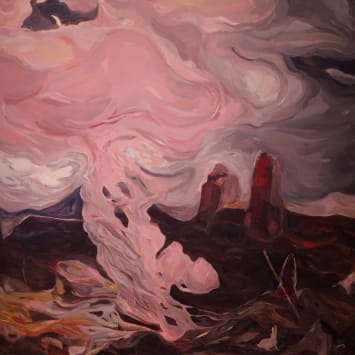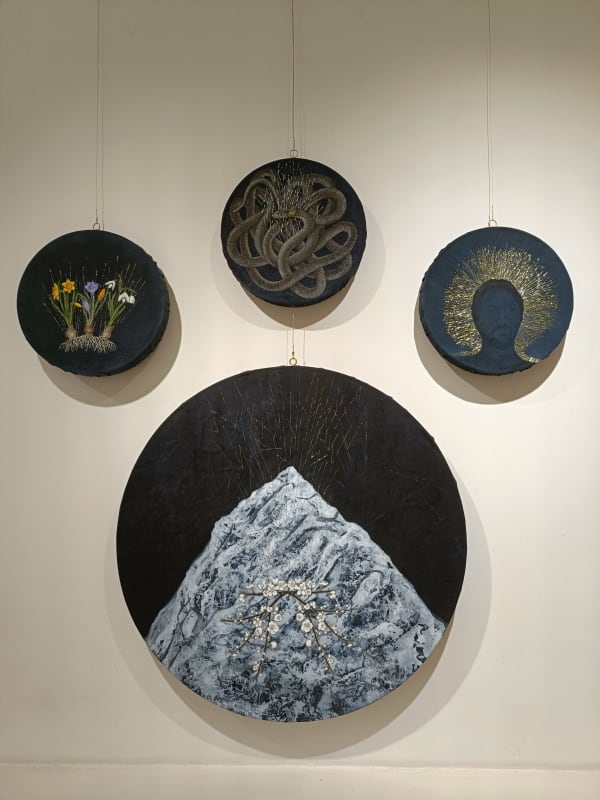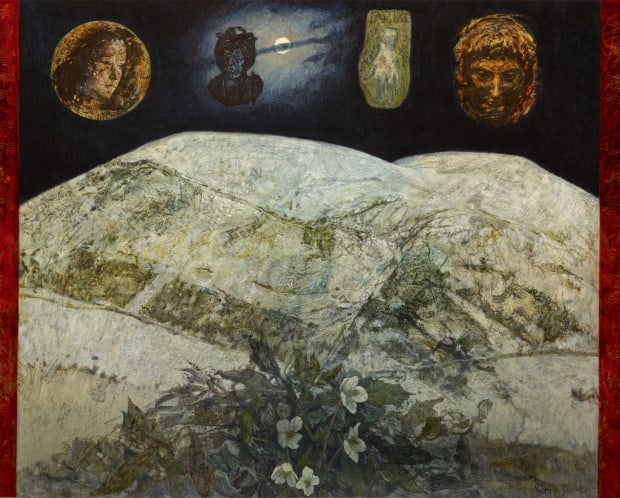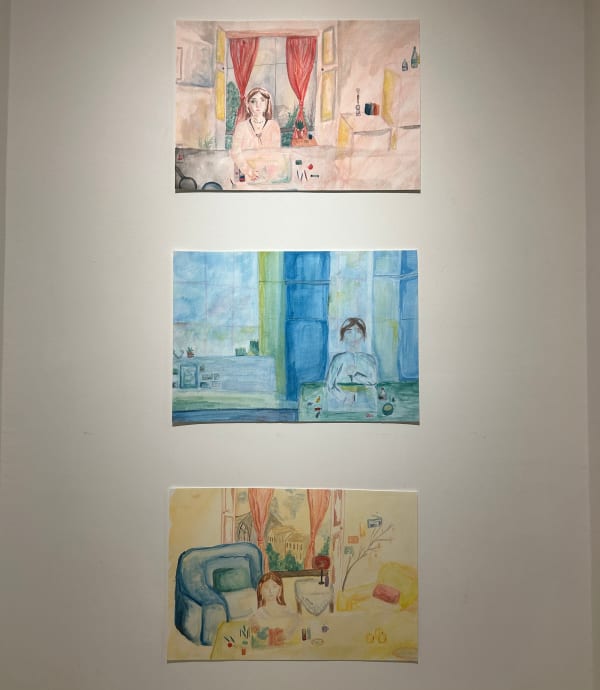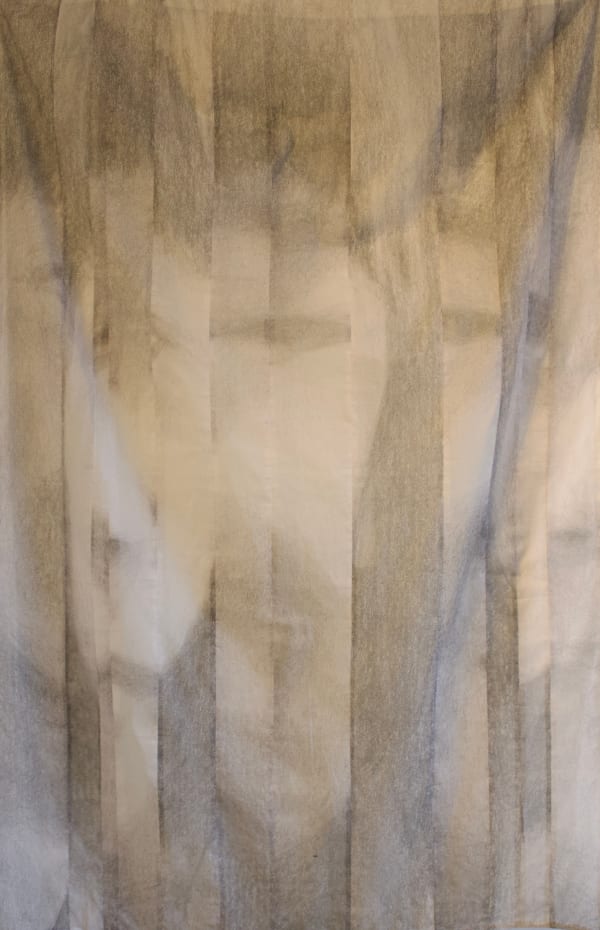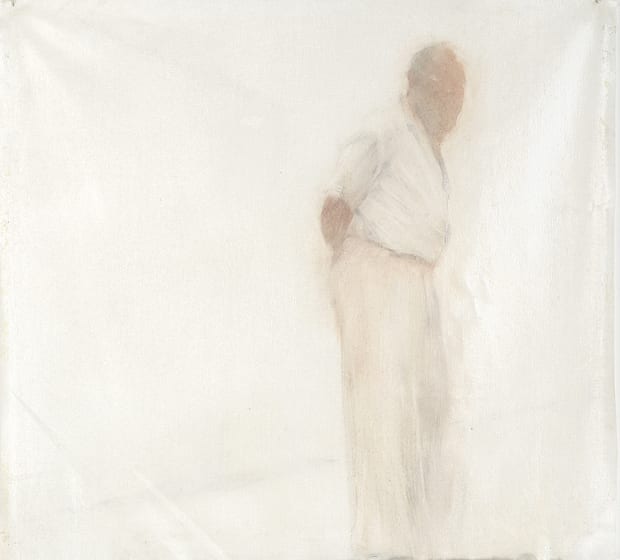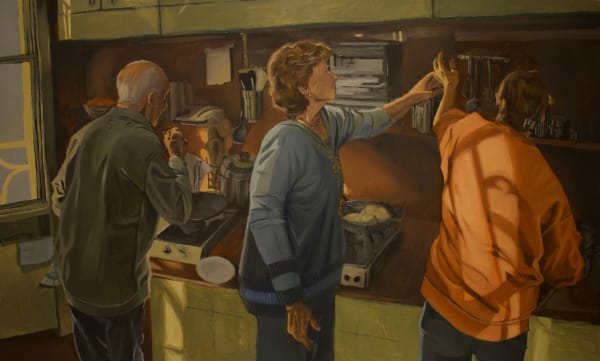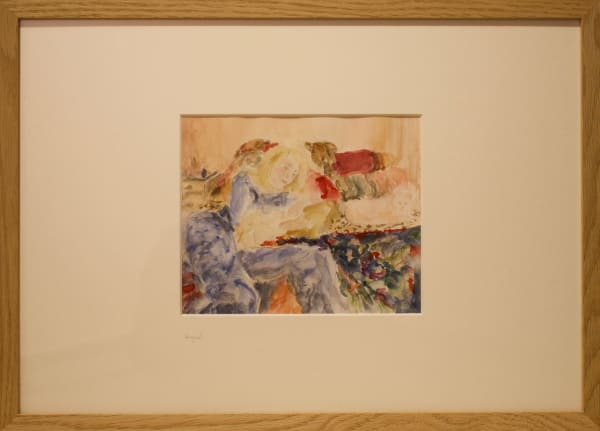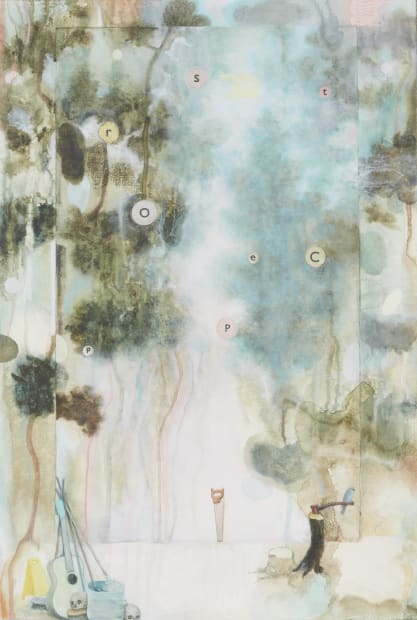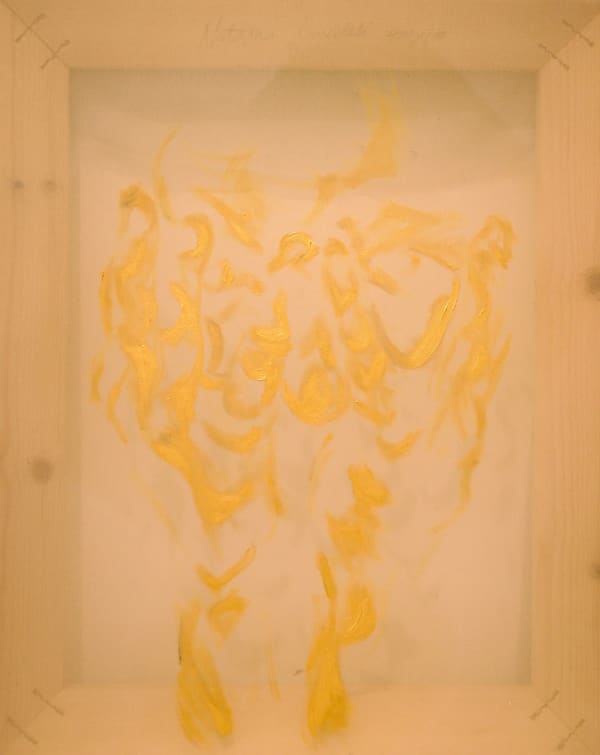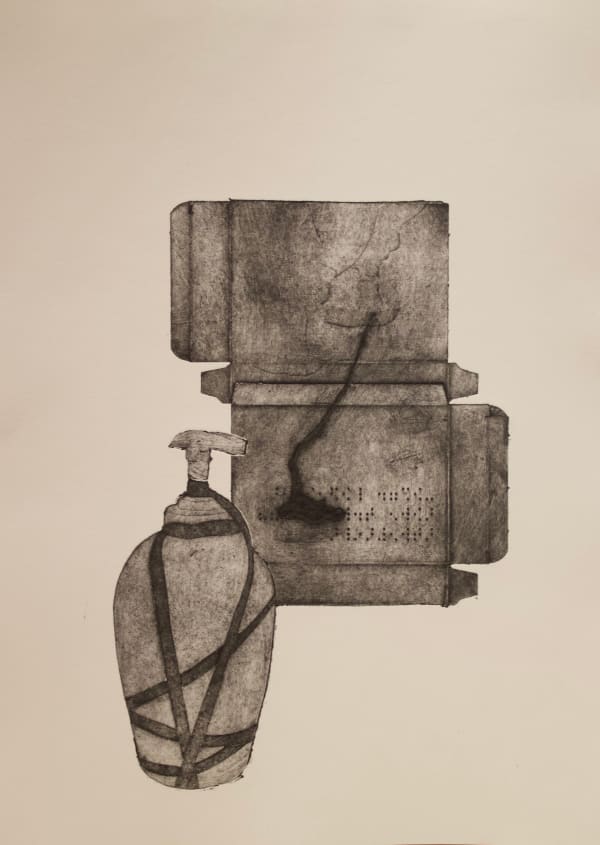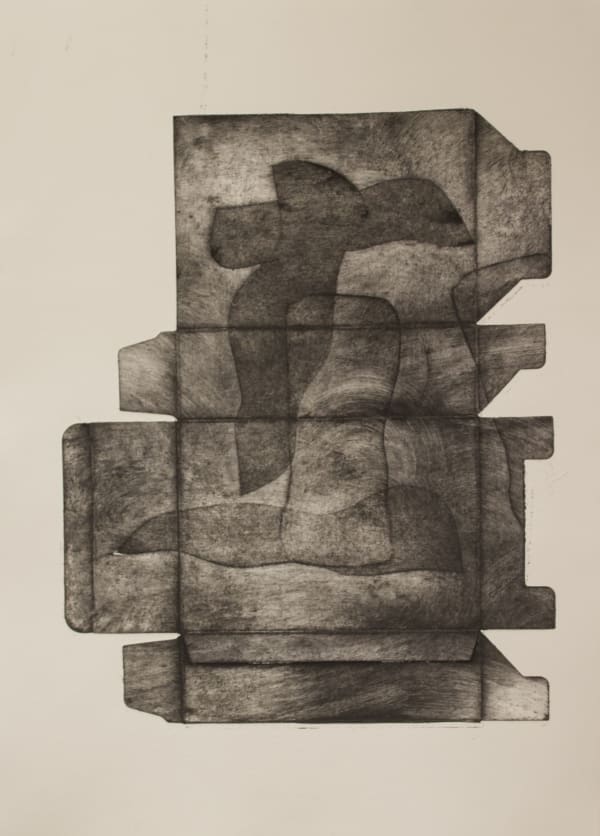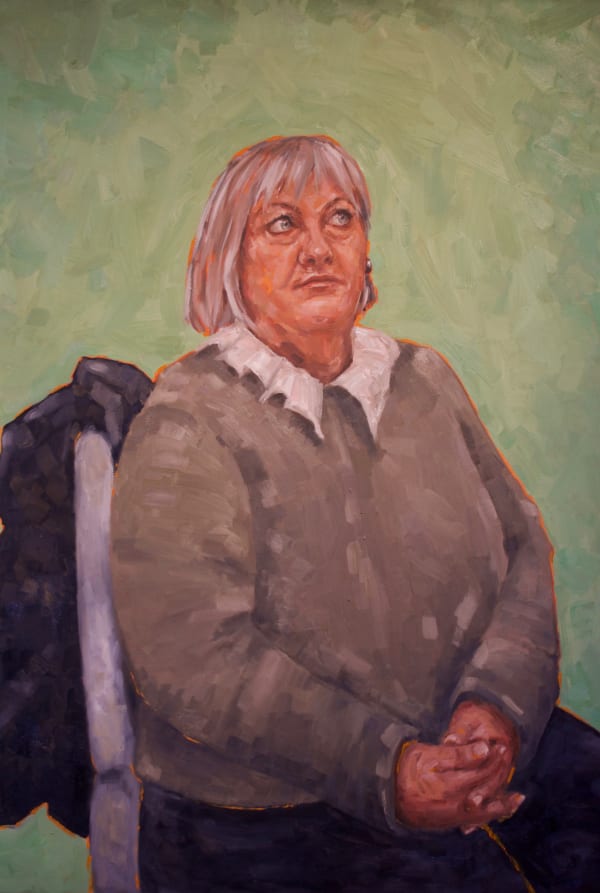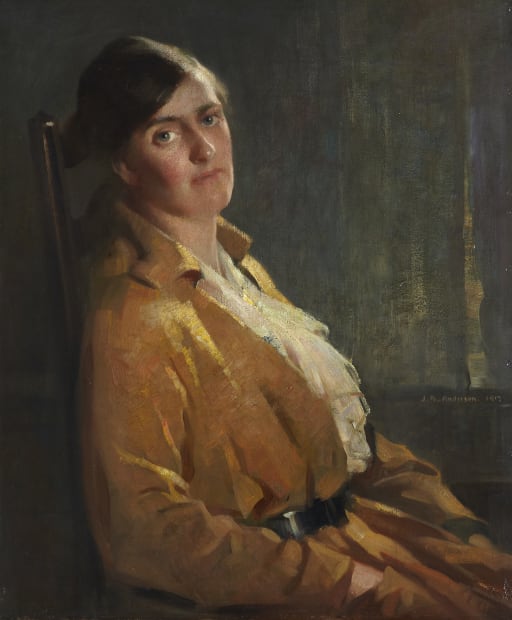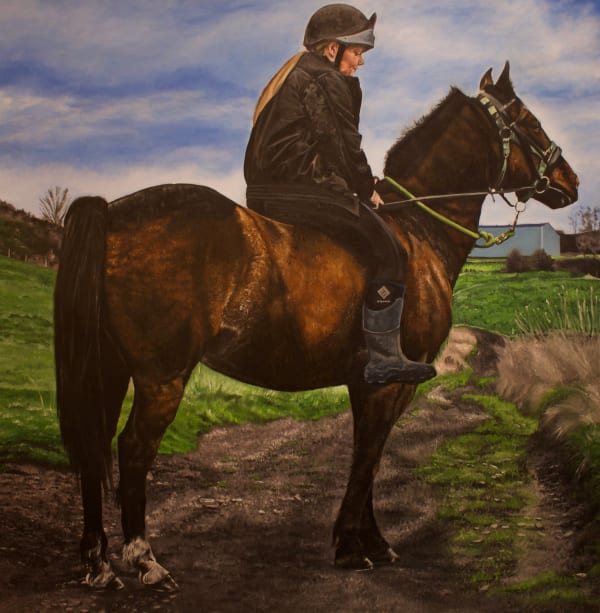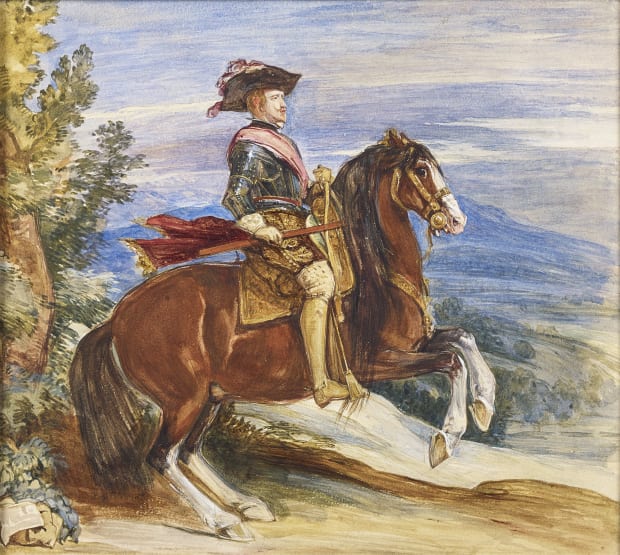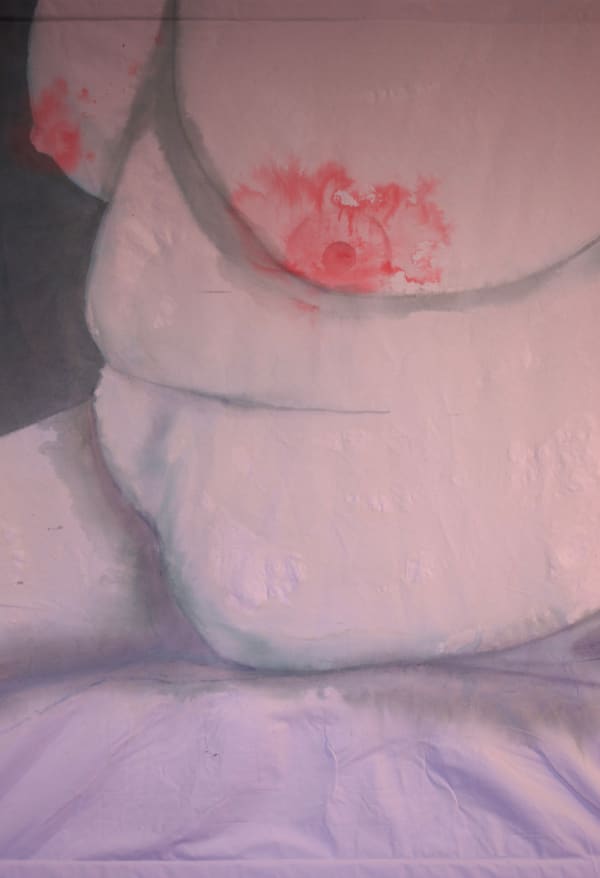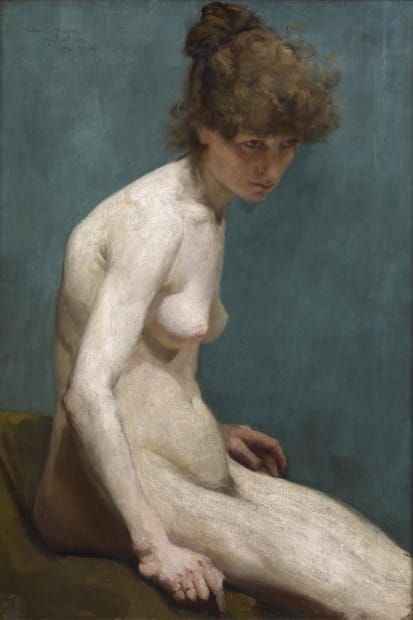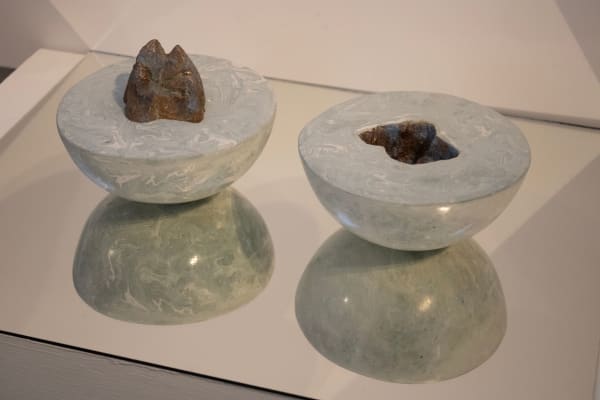The practice of imitation is key to learning, and all artists start by copying. A critical engagement with, and evaluation of, previous artworks and ideas can be a vital element in the early development of an artist's identity. The history of art is filled with ideas, forms, images, symbols, materials and theories to explore, and through reinterpretation and combination, new artworks can begin to emerge.
Version Galore brings together works by third year ECA students who were given the unique opportunity by lecturer Kenny Hunter RSA to research and study RSA Collections first-hand. The RSA Collection was established almost 200 years ago and now contains over 10,000 artworks. It is a dynamic, growing collection build by artists for artists.
Each student artist was asked to select and respond to an individual work from the Collection by making their own interpretation of it, either homage, copy, influence or critique. The resulting works can be seen in this exhibition as well as the items from the RSA Collection that informed their inspiration.
-
Izi Coonagh
-
 Victoria Crowe RSA, Into an Older Land, 2000
Victoria Crowe RSA, Into an Older Land, 2000 -
 John Martin HRSA, The Deluge, 1828
John Martin HRSA, The Deluge, 1828 -
Molly Cooper
-
 Linda Jean Lamb, Untitled, 1973
Linda Jean Lamb, Untitled, 1973 -
Marlowe Dong
-
 Jackie Anderson, Waiting 6, 2007-08
Jackie Anderson, Waiting 6, 2007-08 -
 Kane McLay, Devine, 2018
Kane McLay, Devine, 2018 -
Vittoria Ginevri
-
 Robert Gemmell Hutchison RSA, Shifting Shadows, 1913
Robert Gemmell Hutchison RSA, Shifting Shadows, 1913 -
 Unknown, The Dreamers, 1876-1901, (After Albert Moore)
Unknown, The Dreamers, 1876-1901, (After Albert Moore) -
Rania Javid
-
 Unknown, The Dreamers, 1876-1901, (After Albert Moore)
Unknown, The Dreamers, 1876-1901, (After Albert Moore) -
Carol Jourdan
-
 Alasdair Wallace, Fête Galente, 2018
Alasdair Wallace, Fête Galente, 2018 -
Natasha Kawalek
-
 William Stewart MacGeorge RSA, Hallowe'en, around 1911
William Stewart MacGeorge RSA, Hallowe'en, around 1911 -
Yousuf Malik
-
 David Michie RSA, At a Hong King Dinner Party, 1981
David Michie RSA, At a Hong King Dinner Party, 1981 -
Lyndsay McColl
-
 James Giles RSA, The Weird Wife O'Land Stane Lea, 1831
James Giles RSA, The Weird Wife O'Land Stane Lea, 1831 -
Ilakkiya Mohanraj
-
 Gordon Mitchell RSA, Nine Tenths of the Law, 2003
Gordon Mitchell RSA, Nine Tenths of the Law, 2003 -
Kitty O'Brien
-
 James Bell Anderson RSA, The Artist's Wife (Miss Anne Fairburn), 1917
James Bell Anderson RSA, The Artist's Wife (Miss Anne Fairburn), 1917 -
Sienna Ponting
-
 John Frederick Lewis HRSA, Equestrian Portrait of Philip IV by Diego de Valasquez 1853
John Frederick Lewis HRSA, Equestrian Portrait of Philip IV by Diego de Valasquez 1853 -
Ellis Robertson
-
 Alexander Fraser, Seated Female Nude, 1891
Alexander Fraser, Seated Female Nude, 1891 -
 Shona Struthers, Nude, 1994-95
Shona Struthers, Nude, 1994-95 -
Dora Zoi
-
 Annie Cattrel RSA, Fault, 2017-18
Annie Cattrel RSA, Fault, 2017-18
